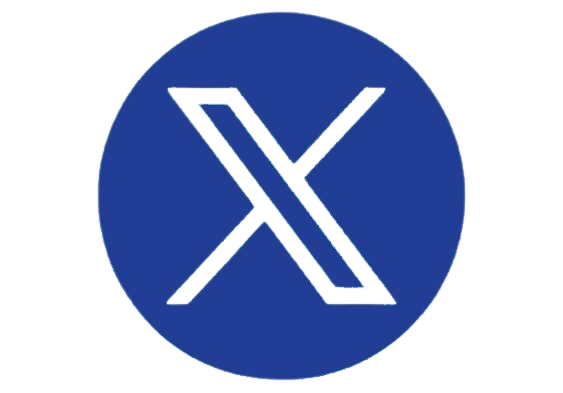The path to business process automation starts with digital transformation. And the path to digital transformation starts with scanning. However, scanning can be a highly manual process: Someone has to configure driver settings and separate/reorganize pages before and after scanning. Then, once documents are in digital form, someone has to find a few bits of information from each page—a number here, a word there—and enter it into some application. The electronic file needs to be filed somewhere, too. All this requires a similar amount of a human’s time and focus whether they’re doing it with paper or electronic documents. Scanning without automation is like handling the process in paper form, but with extra steps.
Since computers can work at the speed of light and humans are, well, much slower than that, the amount of time that you will save by automating business processes is a function of how long the data entry process will take, though there are other factors. Unless you focus on automating these tasks, you can only move as fast as your data entry capabilities allow you. So, the first key to optimizing your digital transformation and business process automation strategy is to shorten the data entry process.
Single-touch scanning is a great first step. MyQ X enables users to create preconfigured job profiles—including feed, resolution, image processing, and saving settings—to streamline and standardize frequently recurring chores, like scanning invoices into your accounting system. The profiles are accessible from the control panel of every device in your network, so users can authenticate at the device of their choice, load their documents, then select the required scan profile. What can take a minute to do manually can be reduced to a few seconds. For people who scan multiple times a day, they can save a few hours at the MFP each year.
Personalizing the user experience also helps move things along more quickly and with fewer mistakes. Users are asked to share the same scanning resources, even though their individual scanning requirements can vary. With MyQ X, users are presented with the same UI at every MFP on the network. That means when Suzy from HR authenticates at an MFP, she is presented with all the features and scan profiles she needs to get the job done, arranged exactly how she prefers. Not only does this help Suzy get to where she is going faster, but it also prevents her from sending scanned payroll documents to a folder where everyone can see.
But we can still do better. Configuring scan jobs isn’t nearly the time suck as the tasks that come afterward: organizing scanned documents, indexing them, copying the information therein to another application, and storing the document in its final destination. Ugh.
With MyQ X, you can relegate those tasks to computers. MyQ X “reads” all your documents using OCR technology, outputting dynamic file types that can be quickly and easily searched for or edited. It can also detect QR and barcodes to identify and separate documents, so workers don’t have to spend time separating and reorganizing paper documents before and after scanning them. Scans can be routed to a wide variety of destinations locally and/or in the cloud at the point of capture—25 connectors are available for now, and MyQ plans on developing more—so users don’t have to spend time moving files around after scanning is complete or worrying about misfiling documents.
Users can enter associated index data at the MFPs control panel while they are scanning. The solution is also smart enough to classify documents based on their contents (like an invoice), and uses the document type to determine which information needs to be extracted (like the invoice number or total) and where to route it.
Digital Transformation Is Paying Off
You’d think benefits like cost savings, increased worker productivity, faster processes, and fewer mistakes would sell themselves. But humans are stubborn creatures. We hate change, and often the stick is the superior motivator to the carrot. It’s very strange.
Lockdowns, not greener pastures, were the great digital transformation accelerator. In Keypoint Intelligence’s 2020 IT Decision Maker Survey, 40% of respondents said that the pandemic forced them to make changes to their workflows—changes that they plan on keeping in place permanently. Even if they didn’t want to make the changes, many businesses were pleased with the impact made by their digital transformation investments (the graph below says so).
As you can see, IT decision makers were pleased with the improved communication/collaboration, employee productivity, and the creation of more efficient workflows that came with their digital transformation efforts.
Do you want to fire up your firm’s digitization and get the automation wheels turning? Try advanced scanning with MyQ!









